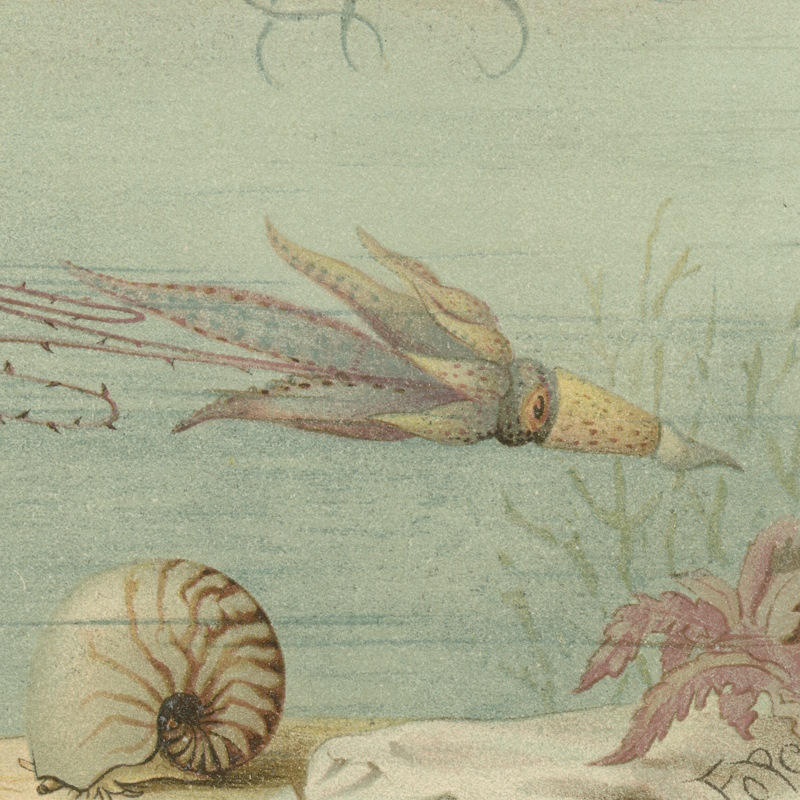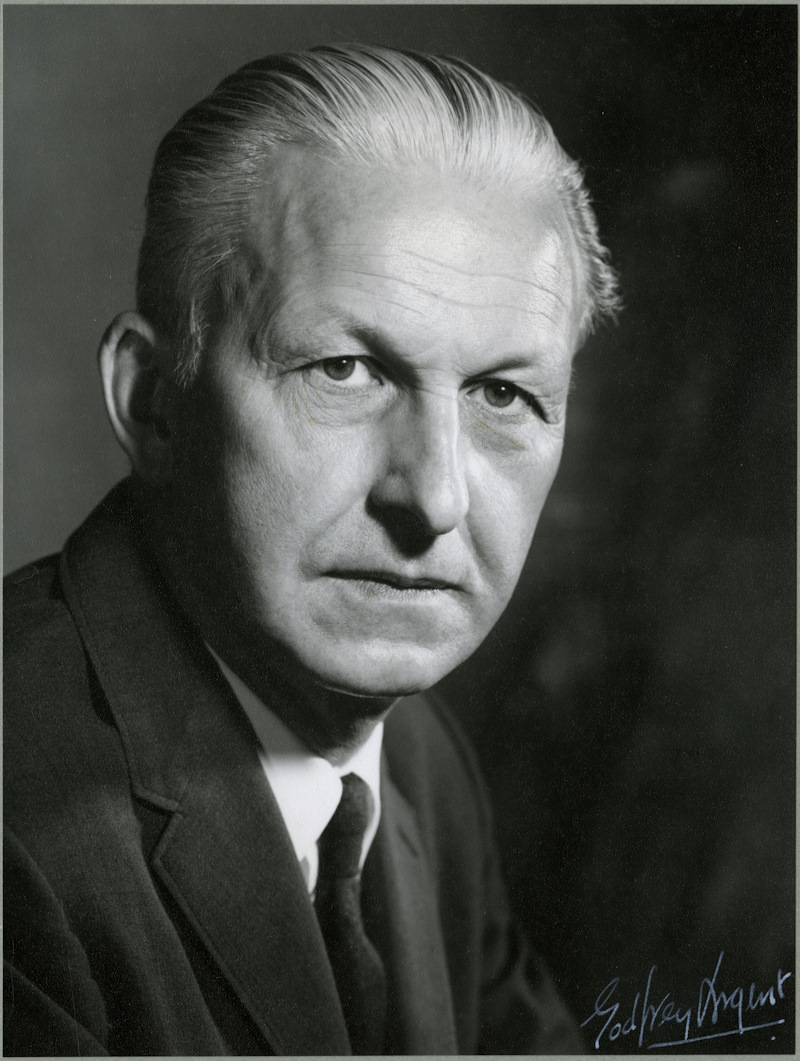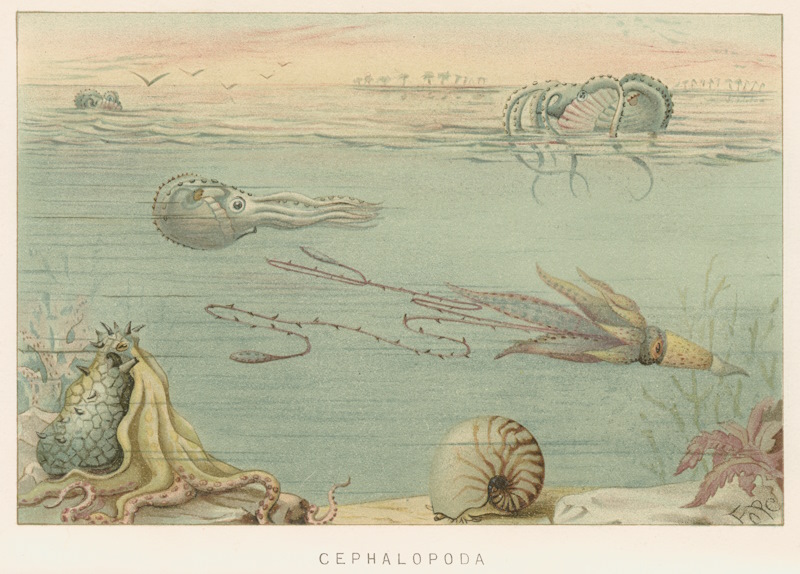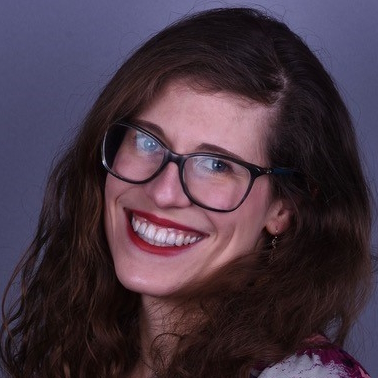In the second half of a two-part article, Kathryn Maxson Jones highlights further resources on the history of neuroscience and squid giant axon research in the Royal Society’s collections.

In part two of my article on the history of neuroscience and squid giant axon research [part one here], I want to highlight a few more sources from the Royal Society Library and Archives. These illustrate the importance of context for understanding change and continuity in science over time, key goals of history of science research.
Generations of historians have written about the indelible impact of WWII on scientific disciplines, institutions, social networks and technologies, as well as on the personal lives of scientists. For those who lived through the period, the years 1939-45 were momentous, as I’ll explore in my forthcoming book Sea Change: The Squid Giant Axon and the Transformation of Neurobiology in the 20th Century.
On 25 March 1941, Stanley W Kemp FRS, the Director of the Marine Biological Association (MBA) laboratory in Plymouth, sent a report to A V Hill FRS detailing aerial destruction: ‘I regret to report that during the nights of March 20th and 21st, the Laboratory suffered severe damage from air-raids’, Kemp wrote. A vivid account followed: ‘Many high-explosive and incendiary bombs fell in the vicinity, one … striking immediately behind the Director’s house. Apart from trivial injuries, no one was hurt. All windows except a few on the south side of the top floor of the main building have gone; ceilings are down, doors wrenched off, and much structural damage caused by blast.’
 Stanley W Kemp to A V Hill, report of air-raid damage to the Plymouth Laboratory, 25 March 1941 (MDA/A/26/10)
Stanley W Kemp to A V Hill, report of air-raid damage to the Plymouth Laboratory, 25 March 1941 (MDA/A/26/10)
In the early autumn of 1939, Alan Hodgkin and Andrew Huxley, two physiologists studying the fundamental properties of nerve fibres, had made a precipitous departure from Plymouth because of the outbreak of war. They had just succeeded in making their first intracellular electrical measurements using squid giant axons, sending a short report to Nature detailing preliminary results and optimistically leaving their equipment in Plymouth. Hodgkin went on to work on radar, and Huxley for the Admiralty on anti-aircraft gunnery. Council meetings of the MBA often took place in London or Cambridge during WWII, their reports from this period detailing the post-1941 restoration of the laboratory’s buildings.
Kemp’s air raid report, and those of the MBA Council, refer to scientific infrastructure, yet they also offer a story of resilience. ‘The Library, very fortunately, is intact except for the loss of windows and the skylight’, Kemp noted in the wake of the air raids. Hodgkin and Huxley’s equipment was destroyed, and they could not return to Plymouth until 1947. Yet they published their full 1939 results in 1945, having written the bulk of the paper in 1940 before wartime pressures took over.
Several additional letters in A V Hill’s wartime files tell stories of human displacement. In 1937, Bernard Katz had fled Germany under the rising threat of Nazi persecution, ultimately settling in Hill’s UCL laboratory. Through the Society for the Protection of Science and Learning, Hill took an active role in helping refugee academics in all disciplines. On August 16, 1942, Katz wrote to inform Hill that: ‘It is several months now since I joined the R.A.A.F. [Royal Australian Air Force]. … Naturally I have put physiology into the cold store for the rest of the war … and the only contact I am making with physiology is an occasional discussion with my colleagues at Sydney Hospital.’
Later in the Hill-Katz correspondence, the two biologists discussed how they expected wartime technological developments to influence their postwar research. Hill wrote on 12 February 1945: ‘I was mixed up with radar and its developments since … early 1935. In recent years I have had no further part in its development but a number of the young physiologists like Alan Hodgkin and Andrew Huxley have been busily engaged … You will all find cathode ray oscillograph like second nature when you return to your physiology.’
Developed by electrical engineers, the cathode ray oscillograph or oscilloscope (CRO) could amplify and display changes in voltage against time. In the interwar years, CROs had begun making a splash in neurophysiology because they enabled the detection and visualisation of action potentials with new ease.
In his 12 February 1945 letter, Hill also hinted at his hopes of building up biophysics at UCL after the war, including re-hiring Katz: ‘If and when I can get my lab. started again one thing I should like to do would be to get you back.’ He continued: ‘I have some hope that it may be possible to get a proper department or institute of biophysics going’, especially as ‘some of the physicists have begun to realize what a great opening biophysics might make for them if only we could get room, equipment, and funds.’
Ultimately, Hill did hire Katz again, with the latter replacing the former as the head of biophysics at UCL after Hill’s retirement in 1952.
 Edgar Adrian, 1969 ©Godfrey Argent Studio (RS.21296)
Edgar Adrian, 1969 ©Godfrey Argent Studio (RS.21296)
Edgar Douglas Adrian FRS (1889-1977), the head of the Cambridge Physiological Laboratory after the war, expressed a similar sentiment in his extensive correspondence with Ragnar Granit ForMemRS (1900-1991). As one of the first investigators to measure an action potential in a single axon, Adrian shared the 1932 Nobel Prize in Physiology or Medicine with Charles Scott Sherrington FRS (1857-1952). On 7 June 1946, Adrian wrote to Granit that: ‘The business of getting the laboratory back to a peace time basis … + trying to get ex-army electrical equipment + machinery – seems to be a whole time job. … Fortunately I have got three very good young men working on muscle + nerve physiology – Hodgkin, David Hill (son of A V) + Andrew Huxley. … They are all pretty good at the biophysical side.’
 A squid and other cephalopods, from Richard Lydekker’s Royal Natural History, 1896 (RS.10848)
A squid and other cephalopods, from Richard Lydekker’s Royal Natural History, 1896 (RS.10848)
In large measure due to squid giant axon research, UCL and Cambridge became world leaders in the biophysics of nerve in the 1940s, 1950s and 1960s. Yet as these letters and reports – and the 1935 portrait of Alan Hodgkin and A V Hill I highlighted in part one of this article – also remind us, no science unfolds in a vacuum. Rather, it influences, and is influenced by, its social, political, and cultural contexts. This is why I find archival research so exciting, and why I keep coming back to it.
I am most grateful to the Lisa Jardine Grant Scheme of the Royal Society, which supported this work and my visits to other UK archives in July and August 2024.

